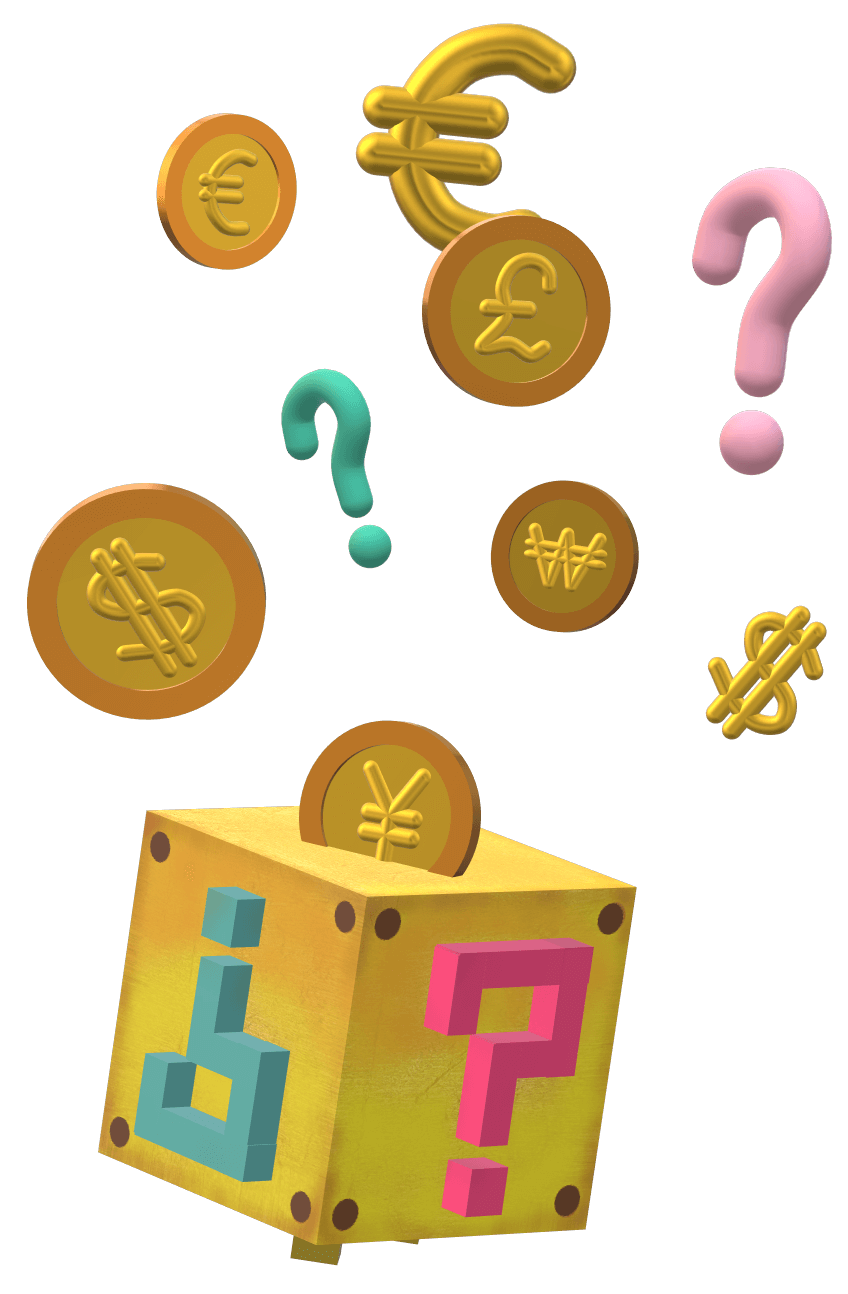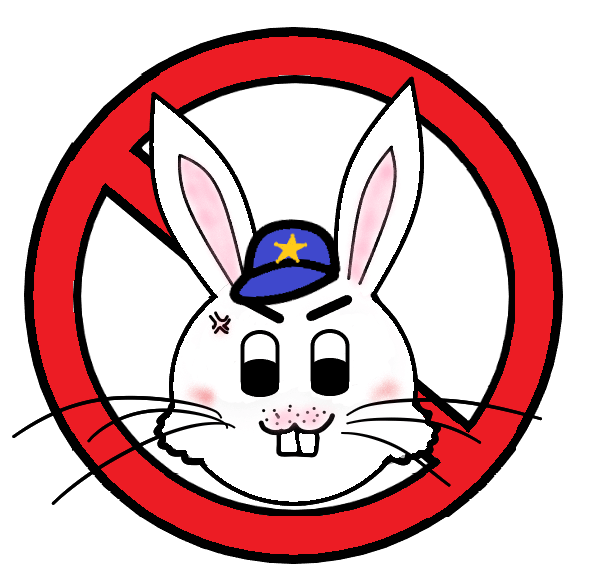GDP, which stands for Gross Domestic Product, is the monetary value of all finished goods and services made within a country during a specific period. GDP is a measure of an economy’s output, which is a good estimate of the size of the economy and its growth (the latter of which is generally expressed as a growth rate in percentages). It is a key indicator of the health of an economy and very often quoted in the news. To provide some context, the largest economies by nominal GDP are US, China and Japan in descending order.
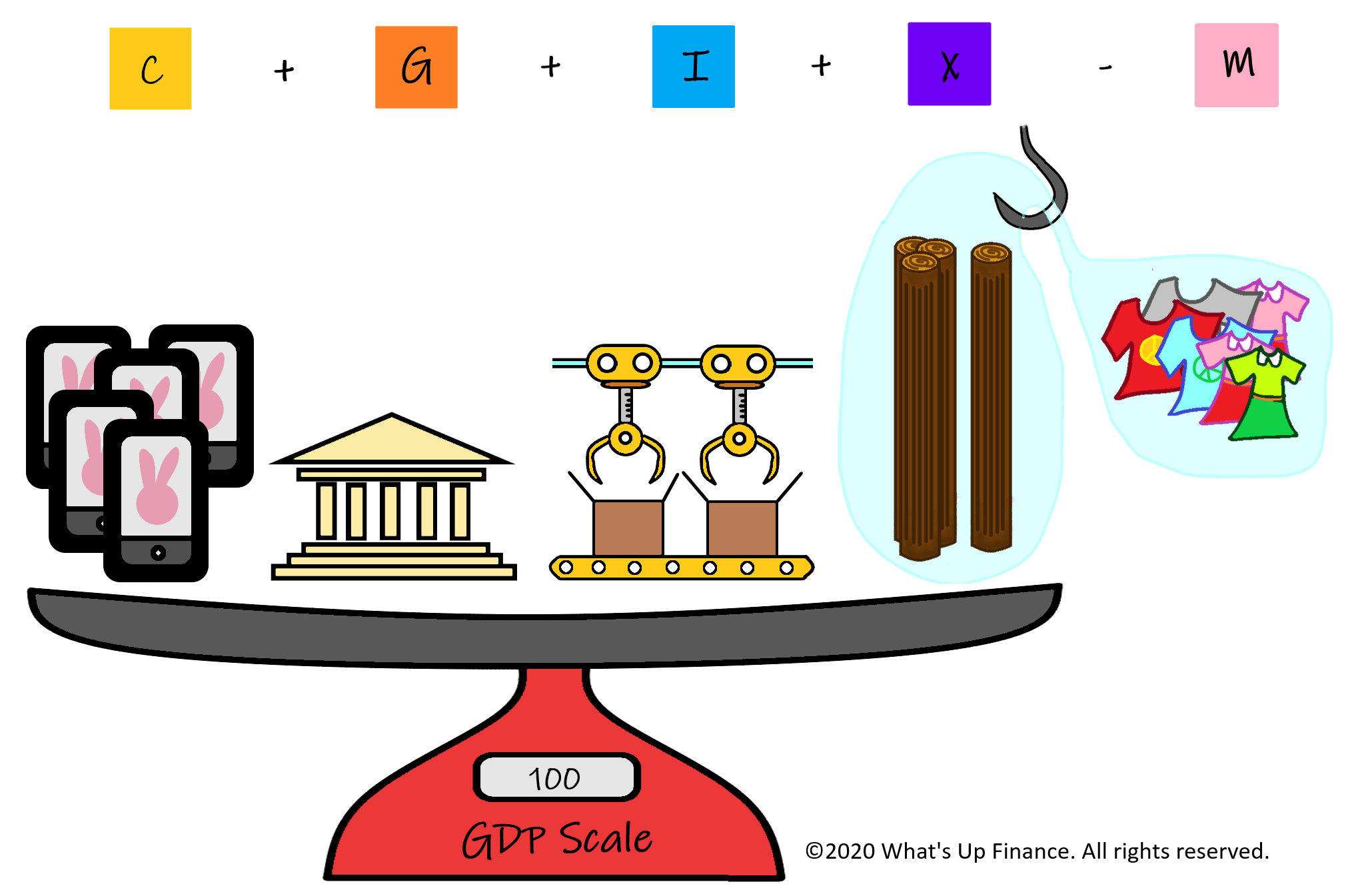
So how do you measure GDP? There are three approaches in measuring GDP, with the expenditure approach being the most intuitive. In short, the expenditure approach calculates the value of the final uses of the goods and services measured in final purchasers’ prices. Note that the topic of GDP is worthy of a series of posts by itself that can easily last three months. However, in the spirit of keeping things in bite-size pieces, this post is focused on outlining the components of GDP under the expenditure approach.
Five components comprise GDP: (i) Consumption, (ii) Government, (iii) Investment, (iv) Exports and (v) Imports using the following model:
GDP = Consumption + Government + Investment + Exports – Imports, or more succinctly represented as
GDP = C + G + I + (X – M)
Consumption (C) is the most intuitive as this relates to private or household spending in the economy. For example, buying an Audi, buying a Samsung S20, buying oranges are categorized as consumption.


Government (G) consists of spending from the government on the economy. Examples include government’s spending on building infrastructure projects like toll roads, subway systems; or on salaries of public servants etc. As a precursor, fiscal policy, which you often hear about, is the main tool in which governments can leverage to increase or decrease government spending, and thus impacting the GDP output.

Investment can be thought of as more closely connected with businesses. Let’s say an economy is going well and businesses see strong demand for the company’s products. The company may be incentivized to boost production to meet the increased demand. If the company’s factories or production lines are already at capacity, they will need to invest in more facilities, more machinery and equipment in order to increase capacity. They can also invest in technology such as improving their software.

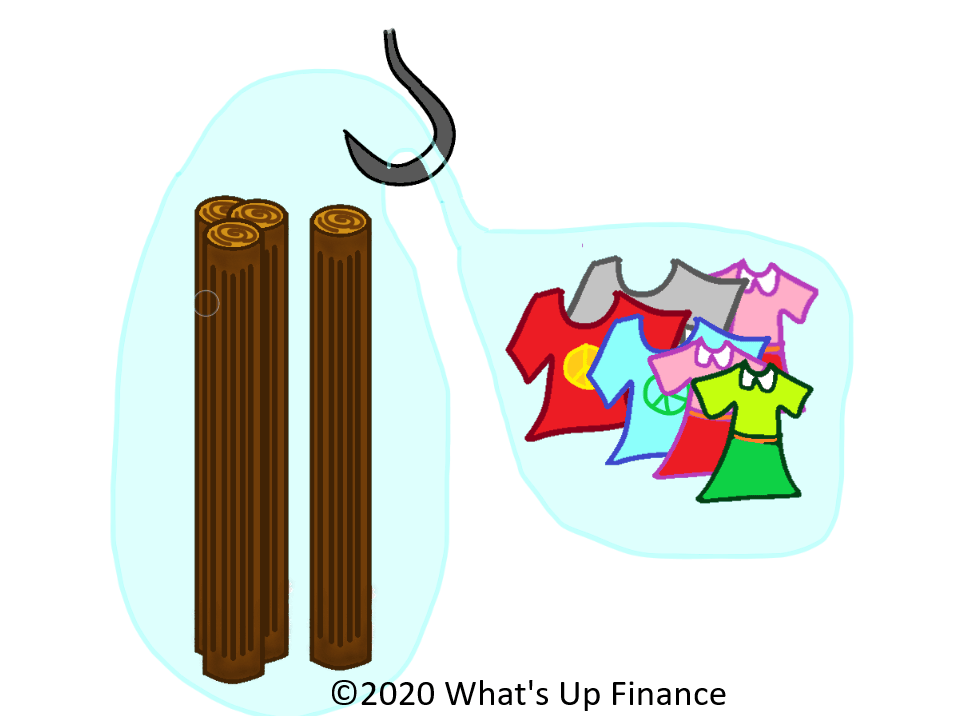
Exports is the amount of goods and services a country produces that are subsequently sold or distributed to other countries. The higher the amount of exports, the higher the GDP.
Imports is the amount of goods a country buys from other countries. This is the only component with a negative correlation with GDP. The higher the amount of imports, the lower the GDP is.

Ok, so what does this all mean? Most of the time, when you see GDP referenced in the news, it is referring to change in GDP over a period, whether it be on a monthly, quarterly, or yearly basis. This is represented by percentage change (%∆). Let’s say in 1984, the GDP was $100; and in 1985, the GDP was $105. Then the GDP growth from 1984 to 1985 was 5%.
Let us wrap up by looking at how the components build up to GDP in graphical form.
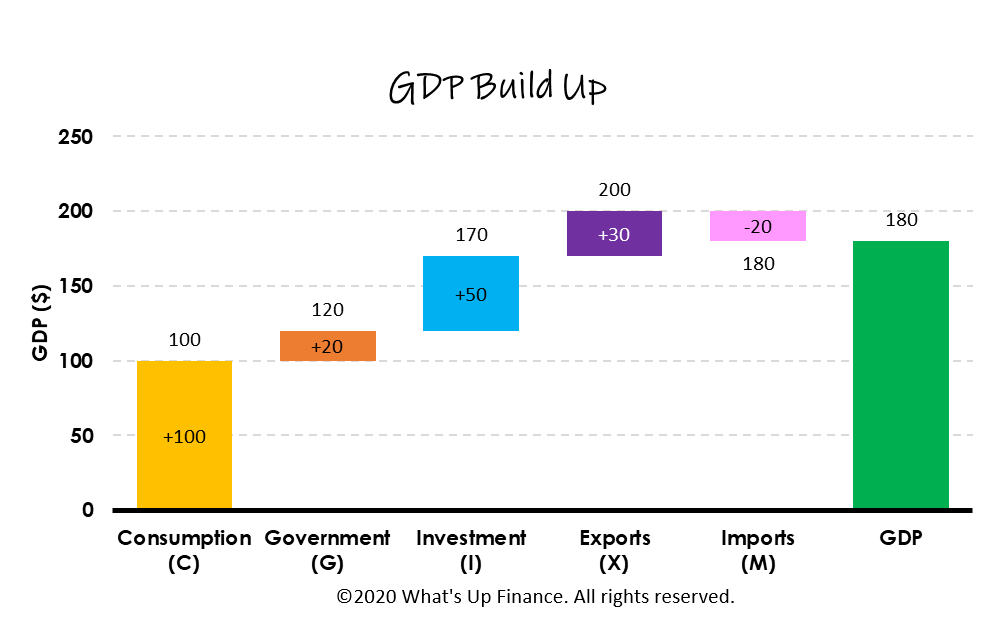
There you go, a crash course on GDP and how to measure it under one approach!
